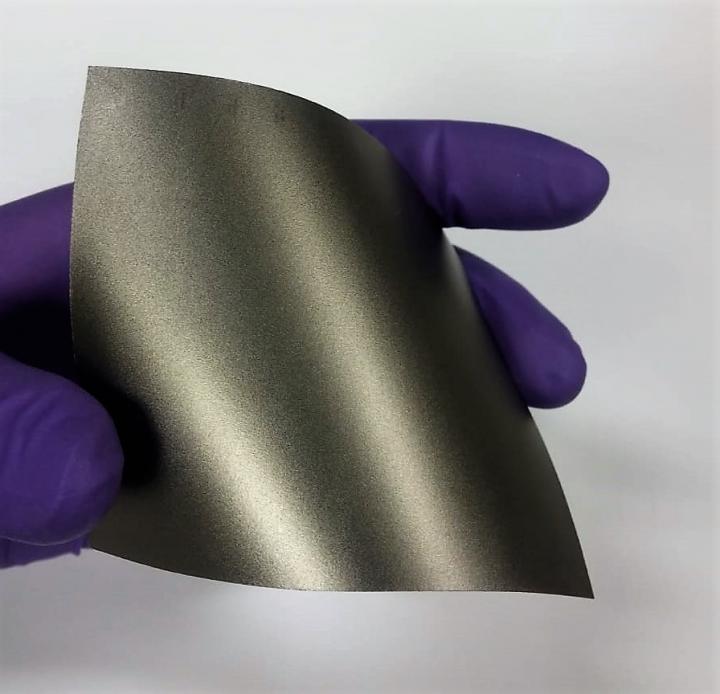
Perovskite solar cells are thinner and potentially much cheaper than their silicon counterparts, and can be printed on to surfaces such as roof tiles. However, they are unstable in water, limiting their practical use in outdoor environments and for splitting water. Developed by scientists at the University of Bath's Centre for Sustainable Chemical Technologies, the new graphite coating was tested underwater to split hydrogen and oxygen using solar energy.
According to the research, published in Nature Communications, the coated cells lasted for 30 hours underwater, 10 hours better than the previous record. At that point, the glue binding the coating to the cells failed, but the researchers believe a stronger glue could further enhance the cells’ longevity.
"Perovskite solar cell technology could make solar energy much more affordable for people and allow solar cells to be printed onto roof tiles,” said Dr Petra Cameron, senior lecturer in Chemistry at Bath. “However at the moment they are really unstable in water - solar cells are not much use if they dissolve in the rain!
"We've developed a coating that could effectively waterproof the cells for a range of applications. The most exciting thing about this is that we used commercially available graphite, which is much cheaper and more sustainable than the materials previously tried."
Previously, alloys containing indium were used to protect perovskite solar cells for water splitting, but indium is a rare, expensive metal and the mining process to obtain it is not sustainable. Replacing this indium with graphite is a significant step towards making the technology commercially viable.
Although perovskite solar cells produce a higher voltage than silicon cells, it is still not enough to split water using solar energy alone. To solve this challenge, the team added catalysts to reduce the energy requirement needed to drive the reaction. The research was conducted in collaboration with the SPECIFIC team at Swansea University.




Poll: Should the UK’s railways be renationalised?
I think that a network inclusive of the vehicles on it would make sense. However it remains to be seen if there is any plan for it to be for the...